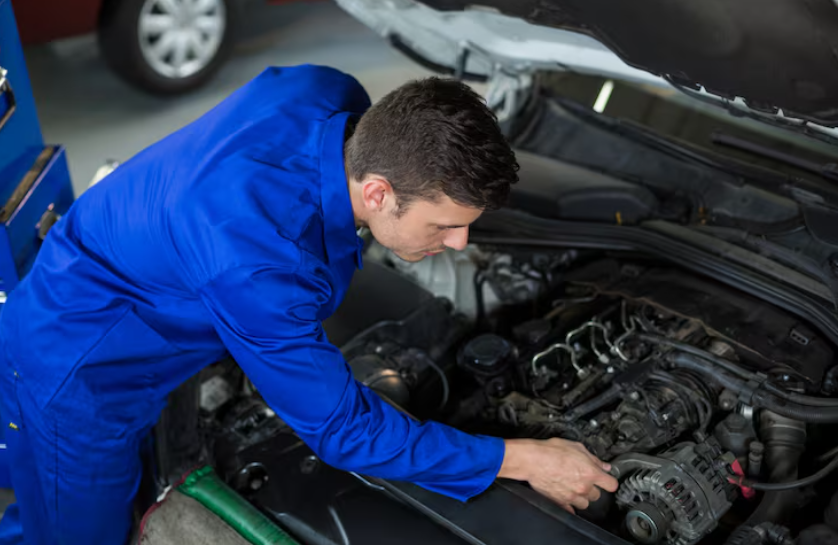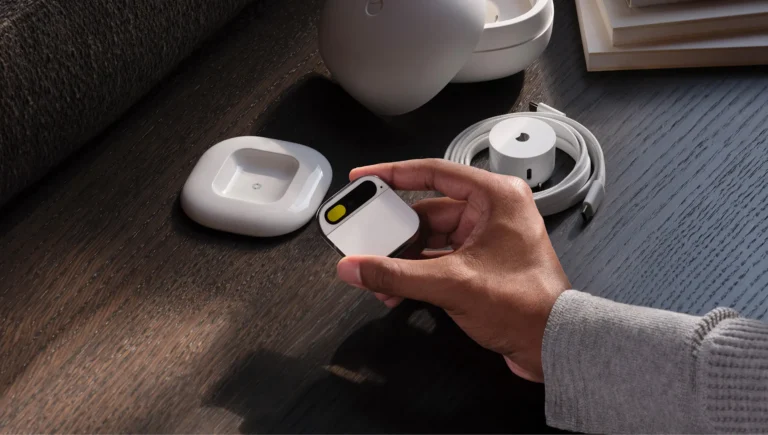
MOT testing is a crucial, mandatory annual inspection of vehicles in the UK. It ensures that vehicles comply with the government’s minimum safety and environmental standards.
This guide provides a comprehensive insight into what the MOT testing checklist includes, how to prepare your vehicle to pass this test, what MOT testers do during the test, and more.
MOT Test Checklist
The car MOT testing is all about inspecting a broader array of the vehicle’s components, such as:
- brakes,
- lights,
- tyres,
- seatbelts,
- windscreen wipers, and
- exhaust systems, among others.
The MOT tester is also responsible for checking the vehicle’s structure. They check for any signs of rust or damage on specific parts that could affect the vehicle’s overall safety and performance.
Emissions tests are also performed to ensure your vehicle is within the legal limit for exhaust emissions. The recommended limit varies by vehicle age and type.
If you keep your vehicle maintained and address any technical issues or faults before going for your car’s MOT test, there’s no chance of failure.
Here’s How to Prepare for MOT Testing
It’s now time to prepare your vehicle – no matter what its make and model is – for an MOT test. Here’s what steps you should take…
- Ensure that all lights are working optimally, such as headlights, indicators, and brake lights.
- Check and replace your vehicle’s fluids, including oil, coolant, and washer fluid.
- Top up all fluids to recommended levels.
- Next, declutter your vehicle’s interior.
- Clear dashboard and windscreen to let the tester access all areas without any hassle.
- Don’t forget to clean your car’s number plate.
- Keep tires in optimal condition. Ensure adequate tread depth and that there are no signs of damage.
When you do it all, your likelihood of passing an MOT test will skyrocket, saving you from hefty fines in the long run.
During the MOT Test, What Professionals Do
A seasoned MOT tester will perform an inspection in accordance with a stringent checklist approved by the Driver and Vehicle Standards Agency (DVSA).
First, the professional will check the bodywork and identify excessive corrosion or damage in particular areas. They ensure that your car’s doors open and close efficiently.
Next, they conduct a meticulous inspection of the vehicle’s suspension, steering, and braking systems. In addition to ensuring they are operational, they also check the wheels and tires for condition and safety.
In the end, they measure your vehicle’s emission rate. It’s a critical step; if the emission test fails, the whole MOT test fails.
Let’s Understand the MOT Test Results
After the MOT test, you’ll receive a certificate. If your vehicle passes the test, the inspection and expiry dates will be mentioned on it. In case the MOT test fails, the certificate details faults as ‘dangerous’, ‘major’, or ‘minor’.
‘Dangerous’ and ‘major’ faults mean the vehicle is unsafe, and you should not drive it until it gets repaired properly. ‘Minor’ faults should be fixed promptly to maintain your vehicle’s optimal condition and prevent future issues.






